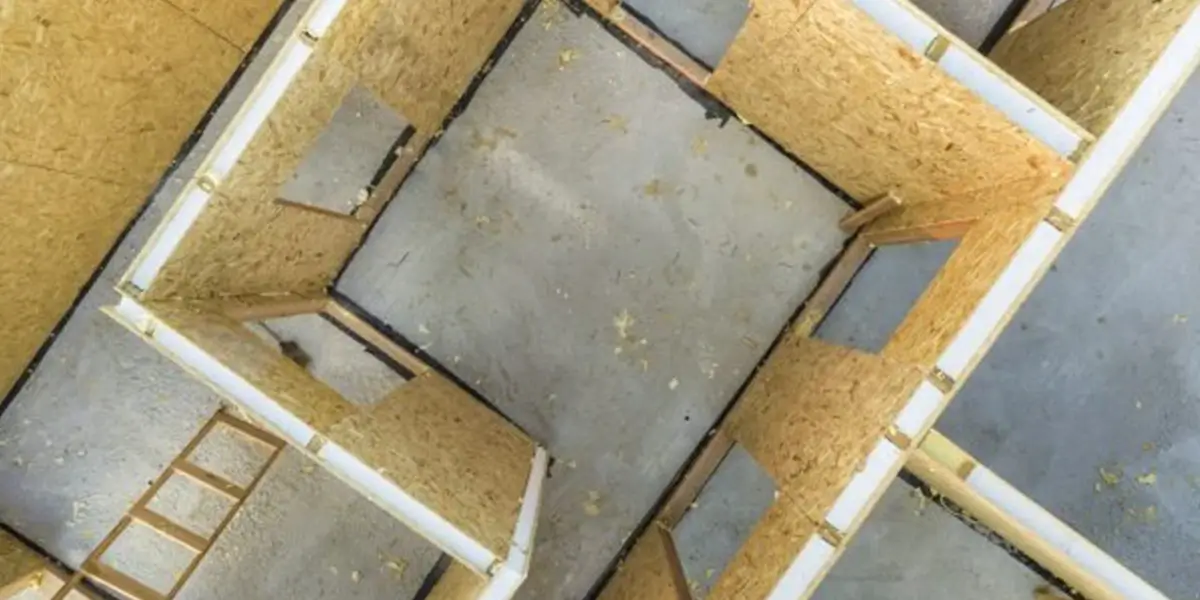
Facts are Facts…The Truth about the Moon and Modular Construction
Samuel Shenton lived an otherwise unremarkable life, until one morning in 1956 when he woke with a mission to start The International Flat Earth Society: undeterred by suspiciously round looking photographs of the earth taken from Space a decade later, he blustered that "It was easy to see how a photograph like that could fool the untrained eye”. Shenton died in Dover in 1971, so who knows, his untrained eye may now be a little closer to the truth. But there’s still a man in Croydon convinced (with red-faced passion) that the Moon doesn’t exist, a group in Alabama who think Prince Charles is a Vampire (I’m not making this up), and a certain gimlet-eyed zealot on Pennsylvania Avenue who believes you can fend off COVID by injecting yourself with bleach (although he’s since claimed that was a joke…some joke). All of which goes to show that untroubled by facts, left to range free and speculate unhinged, human beings are capable of believing pretty much anything…or some of them are anyway.
And they might not be quite as unhinged as injecting yourself with bleach or cancelling out the Moon, but some of the wilder theories circulating in construction at the moment are equally far fetched: notably the assertion that Modular Construction is more expensive and less efficient than traditional building technologies: step forward Reuven Schechter who is convinced land costs, utility installation (“drilling for water” as he puts it) and reduced planning flexibility all conspire to make Modular less efficient and more costly than its bricks, mud and mortar competition.
Really?
For a start, land is land and costs pretty much the same whether you’re planning to fabricate units off-site or build from scratch in a field. The land might cost more in downtown Mumbai than, say, Dover (sorry Mr Shenton), but that’s another matter altogether: the fact is no sane seller will reduce the price just because a developer plans to hire workers who will spend one day in three sitting in a hut waiting for the rain to stop. And as for utilities (including water), they have to be run in or paid for irrespective of how technically the project is being carried out: piped water is stubbornly indifferent to where the walls around it have been assembled, and so too, come to that, are most planning authorities: in fact, the speed of modular technologies (three times faster than traditional construction methods), makes it more likely the development will get a green light. Planning officers know all about the worldwide housing shortage, so speed of completion is pretty much at the top of their list.
And that’s why McKinsey has come out so strongly in favour of Modular construction. In their seminal report published last year (and snappily titled “From Project to Products”) they rightly draw attention to historic productivity lags in the construction sector that have created bottlenecks in supply against burgeoning levels of demand (for domestic housing in particular): “Modular construction offers the industry an opportunity to make a step-change: shifting many aspects of building activity away from traditional construction sites and into factories with off-site, manufacturing-style production…attracting an unprecedented wave of interest and investment”, all of which, they conclude, will provide the sector with “a huge productivity boost”.
And those productivity benefits will all, inevitably, factor themselves straight into the bottom line. According to McKinsey, Modular technologies are also capable of delivering completions that are 20% less expensive than their traditional counterparts (and, of course, three times quicker).
So facts are facts and its better to face them: the world is round, there is a Moon (whatever someone in Croydon might think), and Modular Construction is less expensive, faster and more reliable than building from scratch in a muddy, rain-soaked field can ever be.
Modulex Construction is the World’s largest and India’s first Steel Modular Building Company. It was established by Red Ribbon to harness the full potential of these fast-evolving technologies and deliver at a pace to meet the evolving needs of the community.
Executive Overview
Now certainly isn’t the time to lose sight of facts: in the face of global housing shortages, in India in particular but the UK is also suffering from a dire shortage of domestic housing, we need to be better focused (not less) on how best to meet this burgeoning demand at pace and as efficiently as possible. That’s why I’m sure modular construction technologies will be so important for the future of construction.
And it’s why I’m glad to see stated so clearly the underlying reasons for those advantages. It’s time to nail the absurd myth that modular technologies can in any sense be more costly than their traditional, and frankly much less efficient, alternatives.



%20(1).jpg?width=596&name=airport-terminal%20(1)%20(1).jpg)
-Oct-11-2023-11-53-18-4937-AM.png?width=596&name=Untitled%20design%20(3)-Oct-11-2023-11-53-18-4937-AM.png)